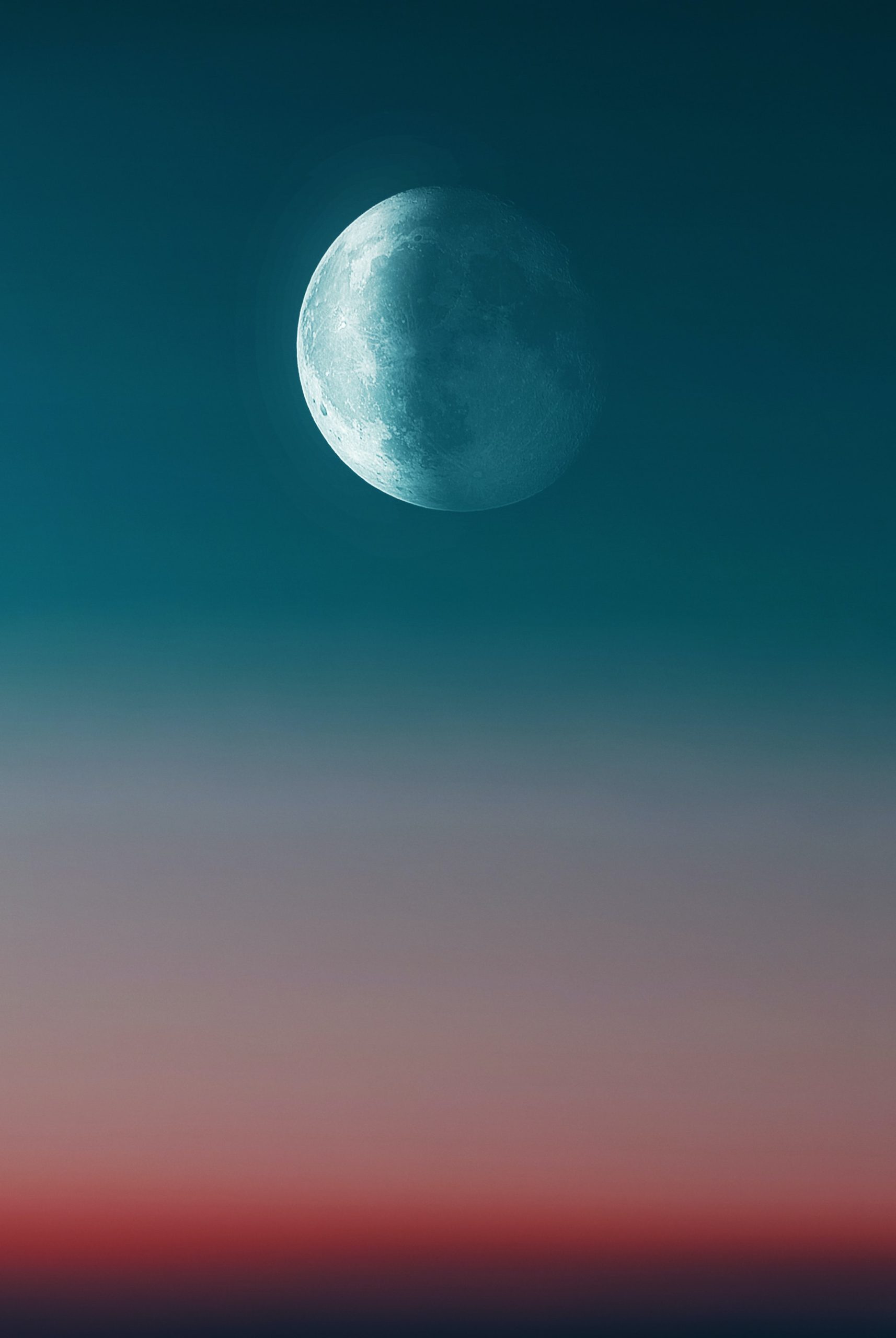How Often Does the Moon Cycle?
When we look up into the night sky, we often marvel at the beauty and mystery of the moon. With its silvery glow and changing shape, the moon has captivated humans for centuries. But have you ever wondered how often the moon goes through its cycle? In this blog post, we will explore the various phases of the moon and delve into the intricacies of its cycles.
The Phases of the Moon
The moon, like a silent dancer, goes through a series of phases as it orbits around the Earth. These phases, also known as lunar phases, are a result of the changing positions of the moon, Earth, and the sun. Let’s take a closer look at each of these phases:
- New Moon: During this phase, the moon is completely hidden from our view. The side of the moon facing the Earth is not being illuminated by the sun, so it appears dark. This phase marks the beginning of a new lunar cycle.
- Waxing Crescent: As the moon starts to move away from the new moon phase, a small sliver of the moon becomes visible. This phase is called the waxing crescent, and it appears as a thin crescent shape.
- First Quarter: In this phase, the moon has completed approximately a quarter of its journey around the Earth. The right half of the moon is illuminated, and it is often referred to as a “half moon.”
- Waxing Gibbous: As the moon continues its orbit, more of its surface becomes visible. The waxing gibbous phase is characterized by a large illuminated portion of the moon, with only a small part remaining in shadow.
- Full Moon: This is perhaps the most iconic phase of the moon. During a full moon, the entire side of the moon facing the Earth is fully illuminated by the sun, creating a beautiful, round shape in the night sky.
- Waning Gibbous: After the full moon, the moon begins its descent towards darkness once again. The waning gibbous phase is similar to the waxing gibbous phase, with a large illuminated portion and a shrinking shadow.
- Last Quarter: When the moon is at this phase, it has completed approximately three-quarters of its journey around the Earth. The left half of the moon is illuminated and is often referred to as another “half moon.”
- Waning Crescent: This is the final phase of the moon’s cycle before it returns to the new moon phase. It appears as a thin crescent shape, similar to the waxing crescent phase.
The Lunar Cycle
Now that we have explored the different phases of the moon, let’s delve into the lunar cycle itself. The time it takes for the moon to go through one complete cycle, from new moon to new moon, is approximately 29.5 days. This period is known as a lunar month, or synodic month.
However, it is important to note that the duration of a lunar cycle is not a whole number of days. The exact duration can vary slightly due to the elliptical shape of the moon’s orbit and the gravitational influence of other celestial bodies. This variation is why we sometimes hear terms such as “29 days, 12 hours, and 44 minutes” or “29.53 days” when referring to the length of a lunar cycle.
To further complicate matters, the lunar cycle does not align perfectly with the calendar months we use in our everyday lives. This misalignment is the reason why the dates of the full moon and new moon can change from month to month. For example, one month may have a full moon on the 14th, while the next month the full moon may fall on the 15th or 16th.
Additional Lunar Cycles
While the synodic month is the most commonly referenced lunar cycle, it is not the only one. Two other notable lunar cycles are the sidereal month and the anomalistic month.
The sidereal month is the time it takes for the moon to complete one orbit around the Earth with respect to the far-off stars as a frame of reference. This cycle lasts approximately 27.3 days. The sidereal month is shorter than the synodic month because the Earth itself is moving in its orbit around the sun while the moon is orbiting the Earth.
The anomalistic month, on the other hand, refers to the time it takes for the moon to go through one orbit with respect to its closest approach to the Earth. This cycle lasts approximately 27.6 days. The anomalistic month is longer than the synodic month because the moon’s orbit is slightly elliptical, causing it to move at varying speeds as it travels around the Earth.
Conclusion
The moon, with its ever-changing phases, is truly a celestial wonder. Its cycle of waxing and waning captivates us and has sparked the imagination of humans for centuries. While the lunar cycle lasts approximately 29.5 days, factors such as the moon’s orbit and gravitational influences can cause slight variations in its duration. The synodic month, sidereal month, and anomalistic month each provide different perspectives and insights into the moon’s orbit and position. So, the next time you gaze up at the night sky, take a moment to appreciate the moon’s extraordinary cycle and the beauty it brings to our world.
Table of Contents
